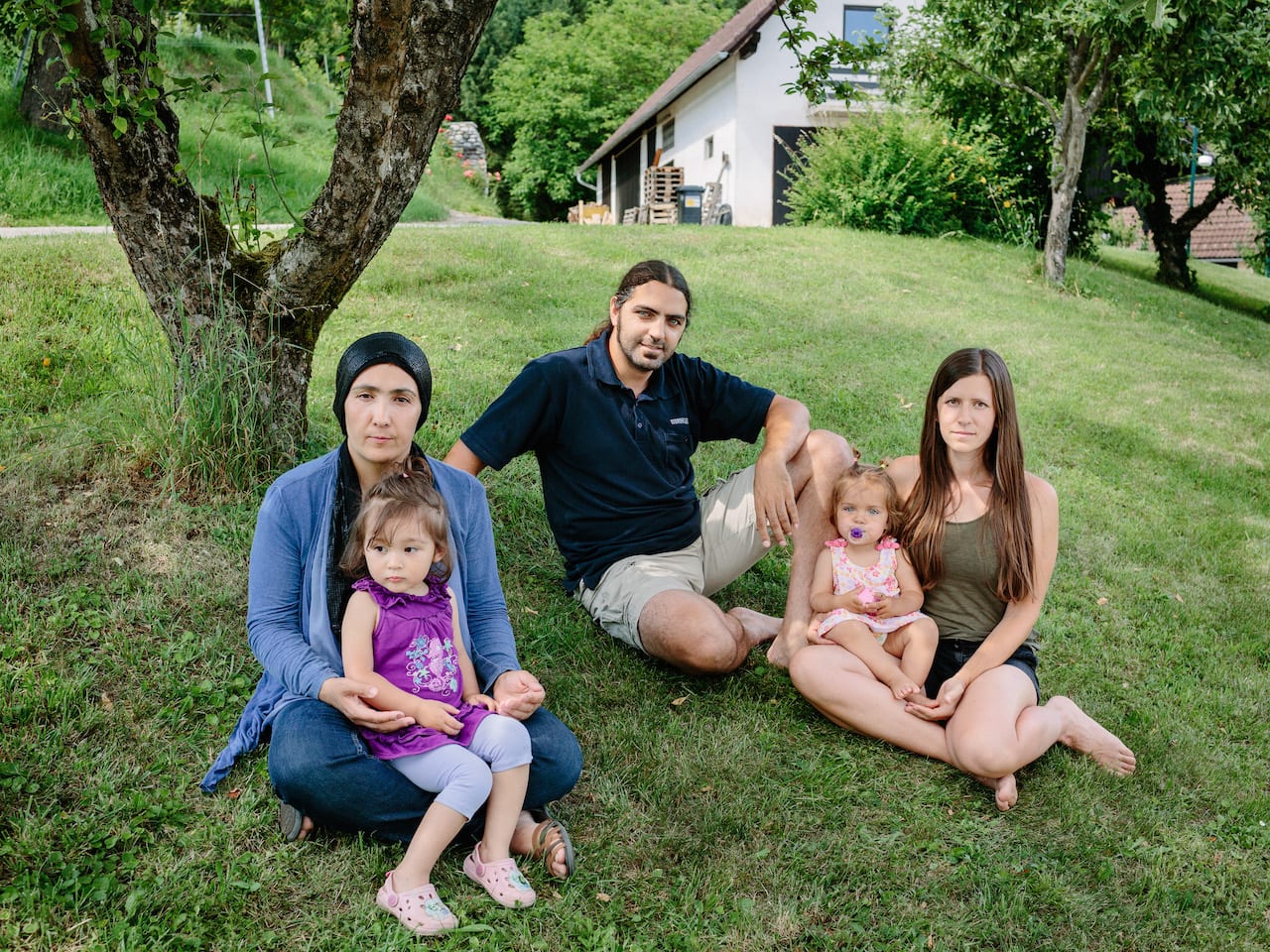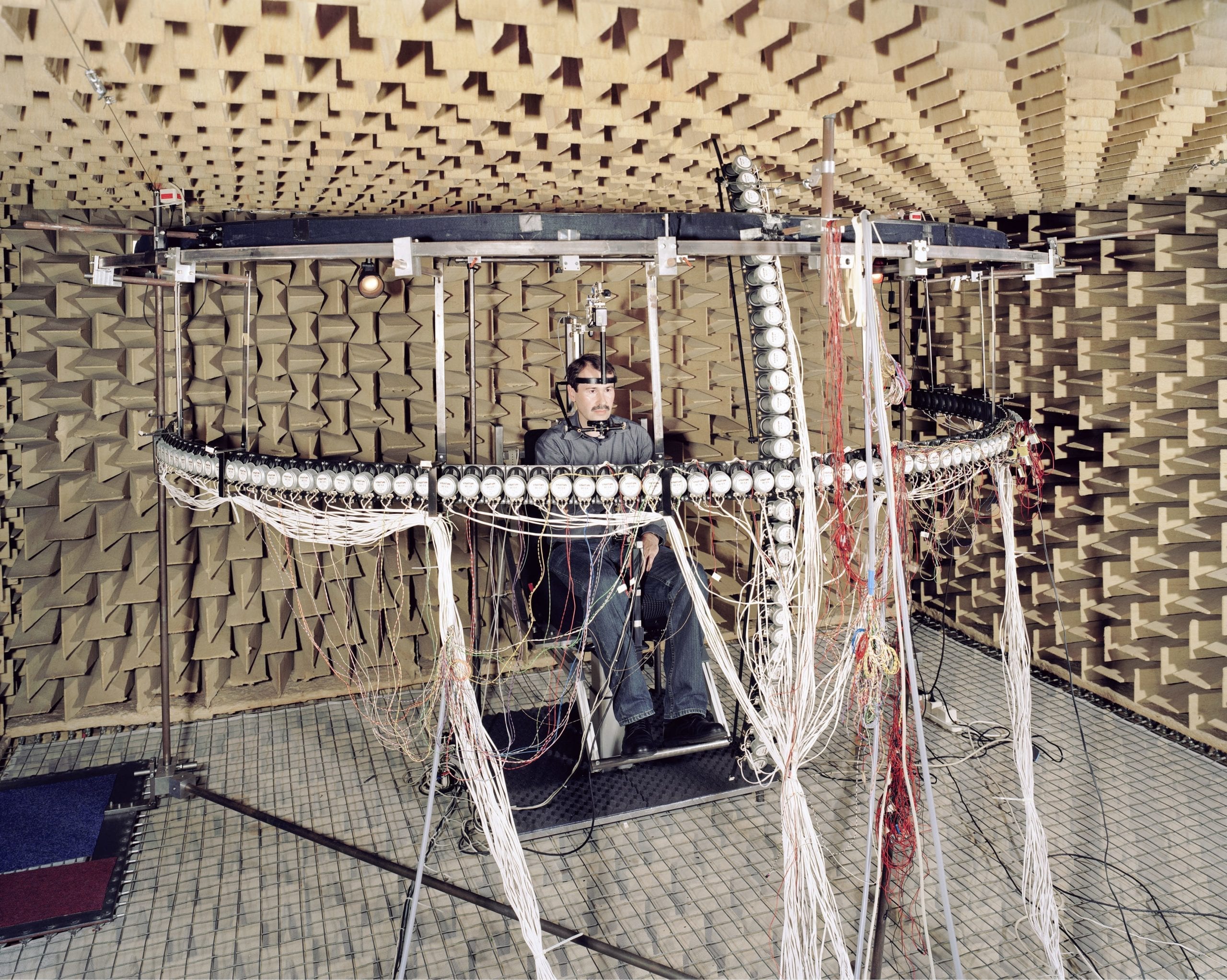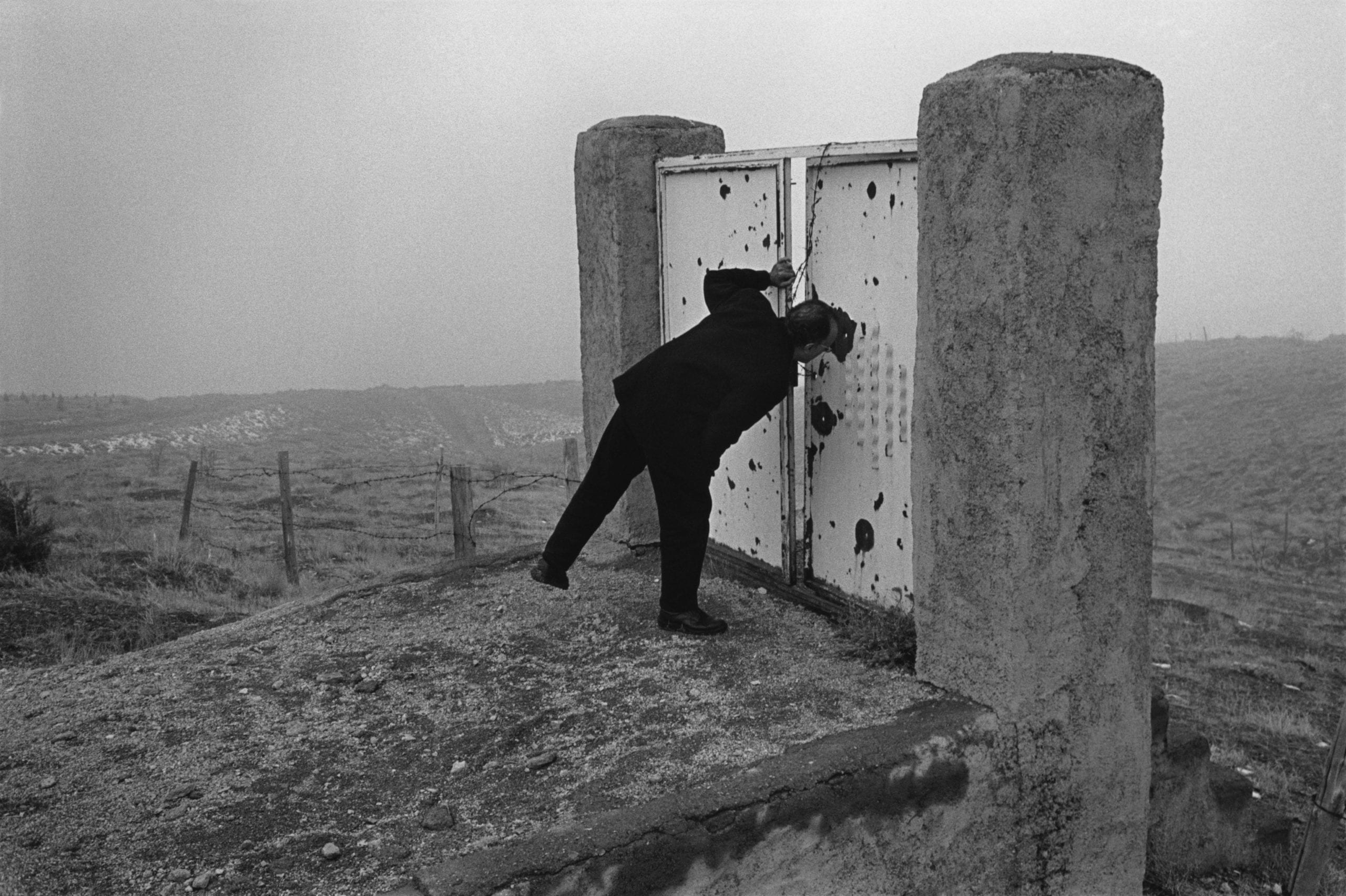The New York Times Magazine’s director of photography on the stand-out projects of the year


The New York Times Magazine’s director of photography on the stand-out projects of the year

In September of last year, the city of Berlin opened its doors to thousands of refugees from Syria, Afghanistan and Iraq, who had fled their war-torn countries in a desperate search for a new life. Registration centres that were set up to deal with less than half a dozen applicants a month, were overwhelmed by hundreds of families every day. At 10pm, when the centres closed, buses arrived to take the un-registered refugees to emergency accommodation – a gym, or community hall perhaps. Once those were full, the migrants with little more than the clothes on their backs, were left out on the streets until the centre opened its doors again in the morning. It was these images of overcrowding, and these reports of crisis that inundated the news headlines. Less talked about were the stories of the families that took these refugees, strangers from another country who did not speak their language, into their homes. Documentary photographer Aubrey Wade and partner Sarah Bottcher, were two of these volunteers who temporarily hosted a pair of young Afghan men at their new flat.

Fascinated by the strange environments typical of pure scientific research, Daniel Stier set about investigating the idea of the experiment as an art form. “I am interested in the experiment, the idea of work that people do without any clear outcome. This constant loop of doing something, maybe failing and then starting again. That is exactly what we do as artists,” he tells BJP.

Exploring the creation of Splash and Grab, a London-based photography magazine that aims to give a platform to the best emerging and under-the-radar international photography talent.

The dichotomy between documenting and experiencing an event is a predicament faced by even the…

Cedric Van Turtlebloom’s contemporary documentary style centres around everyday life – but not as we know it. Currently editing his second photobook, in which he takes a quizzical look at China’s burgeoning middle class and its penchant for artificial ski slopes, his visual stories are anything but conventional.

Let Me Tell You Who I Am, a new photography series documenting the movement of refugees across Europe, started in the spring of 2015, it is the result of almost a year of research across the continent, revealing, in a collection of portraits, the people behind the greatest movement of humanity since the Second World War.

As Abbas Kiarostami passes away in Paris at 72, BJP looks at the visual style of this artistic polymath; a director of over 40 films who held a fundamental role within the Iranian New Wave.